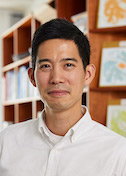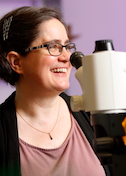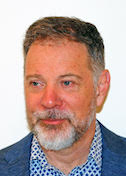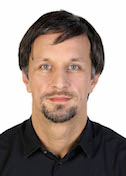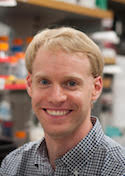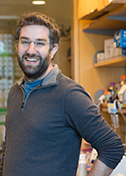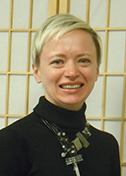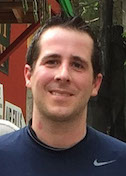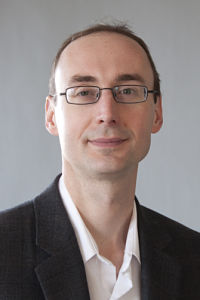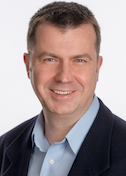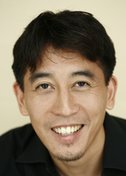
The Final Phase
George Phillips
Rice University
Published May 31, 2025
For a person intent on tiny forms, George Phillips's career has been closely tied to big initiatives that have added new categories of structures to the Protein Data Bank. He has pioneered dynamic crystallography studies that reveal dramatic split-second moments of molecular activity. And his team has animated the atomic handbook on myoglobin, the well-studied molecular oxygen reservoir found in muscles.
But his most-cited paper remains a side note to the major themes of his laboratory. It happened almost by chance as a young faculty member at Rice University in Houston, Texas.
"That was actually kind …
Find out More »

